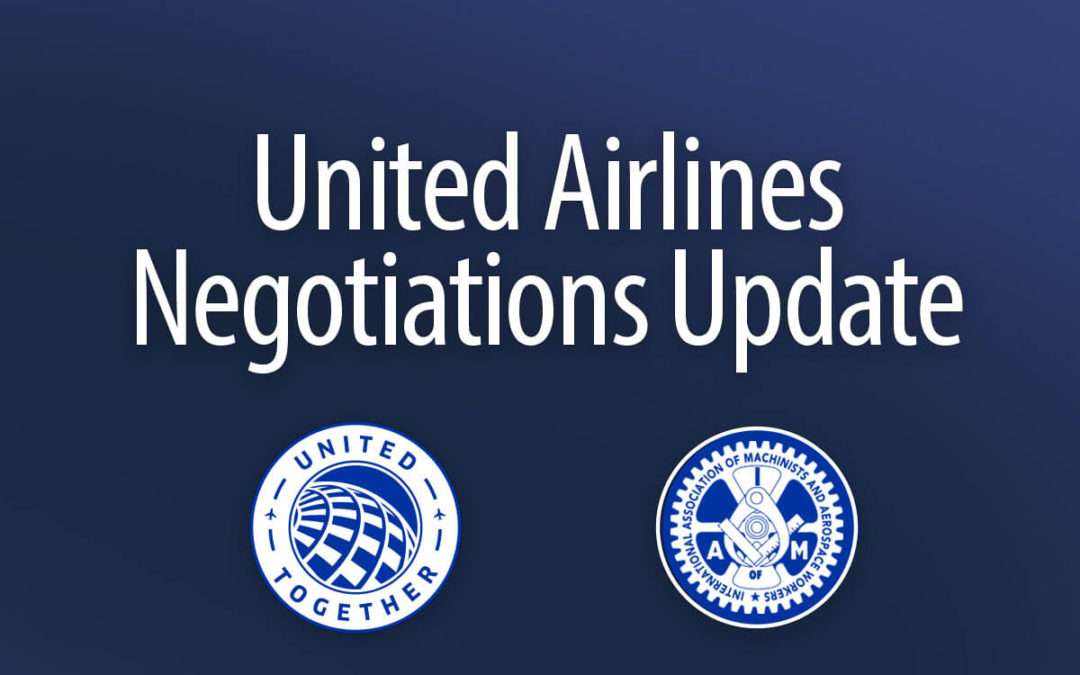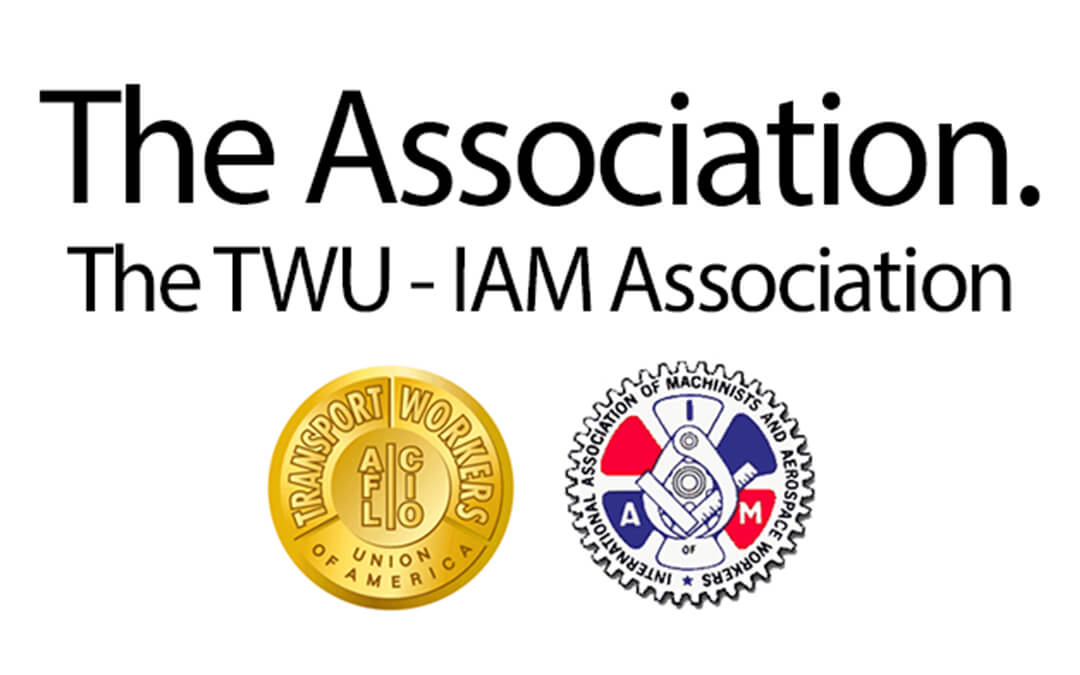
Dragonomics: Unmasking the Dragon of Inequality
When a provocative question posed in a viral social media post recently caught the public’s attention, it sparked a broader conversation on wealth distribution.
The question was simple yet powerful: “What does it mean when real people are wealthier than a notorious, gold-hoarding dragon?”
According to Francis Woolley, who started off the debate over whether or not economies are better or worse off with a dragon hoarder like Smaug, the conclusion is simple: Nope.
“It is clear from a simple inspection of these two figures that the amount of gold coinage Smaug withdrew from circulation represents a significant volume of currency,” Wolley says in their post. “This would, inevitably, lead to deflation and depressed economic activity,” she concludes.
Frances Wooley is a Professor of Economics at Carlton University.
Let’s look at the argument.
Once upon a time, in the fiery depths of the Lonely Mountain, a dragon named Smaug reclined on his mountain-sized hoard of gold. According to Forbes, Smaug was the second wealthiest fictional character, with an estimated worth of $15.4 billion. Smaug, however, wasn’t an innovative tech mogul, nor was he a benevolent job creator. He was a self-serving creature, accumulating his wealth at the expense of others and hoarding it away from the economy of Middle Earth.
What’s alarming is that this tale isn’t restricted to the realm of fiction. It mirrors an unsettling reality in our society – a stark economic disparity where an exclusive group of individuals possesses wealth far exceeding the dragon’s golden fortune. Fourteen Americans, in fact, have more wealth than Smaug. Put another way, there are 15 near-limitless mountains of gold taken from American workers, removed from the American economy, and locked away.
Yes, you read it right. We live in a world where real people are wealthier than an evil gold-hoarding dragon – and they will protect with fire-breathing rage each and every one of the millions of coins they wallow in.
Wealth is not evenly distributed in the United States. According to economist Edward N. Wolff at New York University (2017), the upper class (the wealthiest 1% of households) owned more than a third (36.7%) of all private wealth in 2013. The next 19% of households (the managerial, professional, and small business stratum) owned more than half (52.2%) of all private wealth. This means that the wealthiest 20% of the people owned almost all (89%) of the personal wealth in the nation, leaving only a tenth (11%) of the wealth for the rest of the population (the wage and salary workers). The gap was even wider when it came to financial wealth (the value of one’s assets minus the value of one’s home). The upper class had almost half (42.8%) of all financial wealth, while the rest of the population had much less – only 7%.
80% of all Americans share only 5% of the nation’s wealth. Put another way, Americans are being hit by inflation because 15 people took almost all the money away. There’s virtually nothing left in the rest of the (non-billionaire) economy. In another era, that would be called “Communism,” where everyone makes basically the same income no matter how hard they work or what they do for a living. And, if you were lucky enough to be working in that bygone age (the ’60s, ’70s, and ’80s), you probably paid less than half a million dollars for your home.
Many of today’s younger working people would be lucky to upgrade their apartment to a Buik with that kind of money (okay, dark humor, but.)
For the record, the Soviet Union never achieved that level of income equality. They collapsed first.
Yet, aren’t these real-life wealth accumulators’ job creators’? Let’s delve deeper into the numbers and examine the dragon-sized footprint of such wealth. For all his worth, Smaug didn’t create jobs or drive the economic engine of Middle Earth. He just slept on his gold, causing suffering and despair for those around him.
Similarly, when wealth is concentrated at the top, it doesn’t always trickle down to stimulate the economy or provide better wages for workers. It often remains dormant, like Smaug’s pile of gold, leading to stagnating wages, exploding inflation, and growing inequality. Fiefdoms don’t make great economies.
According to a report from the Institute for Policy Studies, the wealth of U.S. billionaires surged by over 70% during the first year of the pandemic while the country grappled with economic devastation. Yet, the federal minimum wage has remained unchanged since 2009, rendering many hardworking Americans unable to afford basic needs, let alone build savings. For millions of working people, costs are at 2023 levels, and wages are stuck in the 2010s.
How does one justify this increasing gap? Some argue that these billionaires earned their wealth fair and square, similar to the mythical dragon who ‘earned’ his gold by destroying the dwarves who created it. But at what point does the hoarding of wealth at the expense of others become an issue of moral and economic justice? Is it really “fair” to ask everyone else to reach deeper and deeper into their pockets to keep 15 people in the U.S. flush with limitless, unused fortunes?
In J.R.R. Tolkien’s story, Smaug is the antagonist, symbolizing greed and destruction. He did not have the best interests of those he took the wealth from in mind as he hoarded it. Similarly, in our world, a system that allows few to hoard enormous wealth while many struggle to survive should make us question: are we putting people or profit first?
It’s high time we reconsider our perspectives on wealth and how much we deserve to make from our work. Let’s think critically about who ‘deserves’ such vast fortunes, especially when such wealth is accumulated at the cost of a fair wage and crushing inflation.
Let us not glorify our real-life ‘Smaugs’ as heroes while overlooking the workers who create that wealth. Remember, every dragon’s hoard is a mountain of gold that isn’t paying a living wage. It’s time we ensure that wealth does more than just gleam in a dragon’s lair. It should fuel economies, create jobs, and ensure fair pay for everyone in our society. It can only do those things if it’s in the hands of the people who will spend it that way – working people.
Related News
United Airlines Negotiations Update for September 17, 2024
United Contract Negotiations Update17 September 2024 Dear Sisters and Brothers, Your IAM District 141 negotiating team and United Airlines management continued contract negotiations for seven different contracts last week in Chicago, Illinois. The District 141 sub-...
Celebrating the Life and Legacy of Ken Thiede
Ken Thiede, a beloved and respected leader in the Machinists Union, passed away peacefully on Thursday due to natural causes. He was 87. Celebrating the Life and Legacy of Ken ThiedeCelebrating the Life and Legacy of Ken Thiede, a Lifelong Union Advocate, Mentor, and...
Association Update
This will serve as the official update to the Association membership for M&R, MLS, MCT, MTS, and Fleet Service. September 13, 2024 To Association Fleet Sisters and Brothers, The Association Fleet sub committee met with AA leadership on September 12th to discuss...
Stay up to date with all the latest news and information from the Machinists Union

Dragonomics: Unmasking the Dragon of Inequality
MAY 29, 2023
When a provocative question posed in a viral social media post recently caught the public’s attention, it sparked a broader conversation on wealth distribution.
The question was simple yet powerful: “What does it mean when real people are wealthier than a notorious, gold-hoarding dragon?”
According to Francis Woolley, who started off the debate over whether or not economies are better or worse off with a dragon hoarder like Smaug, the conclusion is simple: Nope.
“It is clear from a simple inspection of these two figures that the amount of gold coinage Smaug withdrew from circulation represents a significant volume of currency,” Wolley says in their post. “This would, inevitably, lead to deflation and depressed economic activity,” she concludes.
Frances Wooley is a Professor of Economics at Carlton University.
Let’s look at the argument.
Once upon a time, in the fiery depths of the Lonely Mountain, a dragon named Smaug reclined on his mountain-sized hoard of gold. According to Forbes, Smaug was the second wealthiest fictional character, with an estimated worth of $15.4 billion. Smaug, however, wasn’t an innovative tech mogul, nor was he a benevolent job creator. He was a self-serving creature, accumulating his wealth at the expense of others and hoarding it away from the economy of Middle Earth.
What’s alarming is that this tale isn’t restricted to the realm of fiction. It mirrors an unsettling reality in our society – a stark economic disparity where an exclusive group of individuals possesses wealth far exceeding the dragon’s golden fortune. Fourteen Americans, in fact, have more wealth than Smaug. Put another way, there are 15 near-limitless mountains of gold taken from American workers, removed from the American economy, and locked away.
Yes, you read it right. We live in a world where real people are wealthier than an evil gold-hoarding dragon – and they will protect with fire-breathing rage each and every one of the millions of coins they wallow in.
Wealth is not evenly distributed in the United States. According to economist Edward N. Wolff at New York University (2017), the upper class (the wealthiest 1% of households) owned more than a third (36.7%) of all private wealth in 2013. The next 19% of households (the managerial, professional, and small business stratum) owned more than half (52.2%) of all private wealth. This means that the wealthiest 20% of the people owned almost all (89%) of the personal wealth in the nation, leaving only a tenth (11%) of the wealth for the rest of the population (the wage and salary workers). The gap was even wider when it came to financial wealth (the value of one’s assets minus the value of one’s home). The upper class had almost half (42.8%) of all financial wealth, while the rest of the population had much less – only 7%.
80% of all Americans share only 5% of the nation’s wealth. Put another way, Americans are being hit by inflation because 15 people took almost all the money away. There’s virtually nothing left in the rest of the (non-billionaire) economy. In another era, that would be called “Communism,” where everyone makes basically the same income no matter how hard they work or what they do for a living. And, if you were lucky enough to be working in that bygone age (the ’60s, ’70s, and ’80s), you probably paid less than half a million dollars for your home.
Many of today’s younger working people would be lucky to upgrade their apartment to a Buik with that kind of money (okay, dark humor, but.)
For the record, the Soviet Union never achieved that level of income equality. They collapsed first.
Yet, aren’t these real-life wealth accumulators’ job creators’? Let’s delve deeper into the numbers and examine the dragon-sized footprint of such wealth. For all his worth, Smaug didn’t create jobs or drive the economic engine of Middle Earth. He just slept on his gold, causing suffering and despair for those around him.
Similarly, when wealth is concentrated at the top, it doesn’t always trickle down to stimulate the economy or provide better wages for workers. It often remains dormant, like Smaug’s pile of gold, leading to stagnating wages, exploding inflation, and growing inequality. Fiefdoms don’t make great economies.
According to a report from the Institute for Policy Studies, the wealth of U.S. billionaires surged by over 70% during the first year of the pandemic while the country grappled with economic devastation. Yet, the federal minimum wage has remained unchanged since 2009, rendering many hardworking Americans unable to afford basic needs, let alone build savings. For millions of working people, costs are at 2023 levels, and wages are stuck in the 2010s.
How does one justify this increasing gap? Some argue that these billionaires earned their wealth fair and square, similar to the mythical dragon who ‘earned’ his gold by destroying the dwarves who created it. But at what point does the hoarding of wealth at the expense of others become an issue of moral and economic justice? Is it really “fair” to ask everyone else to reach deeper and deeper into their pockets to keep 15 people in the U.S. flush with limitless, unused fortunes?
In J.R.R. Tolkien’s story, Smaug is the antagonist, symbolizing greed and destruction. He did not have the best interests of those he took the wealth from in mind as he hoarded it. Similarly, in our world, a system that allows few to hoard enormous wealth while many struggle to survive should make us question: are we putting people or profit first?
It’s high time we reconsider our perspectives on wealth and how much we deserve to make from our work. Let’s think critically about who ‘deserves’ such vast fortunes, especially when such wealth is accumulated at the cost of a fair wage and crushing inflation.
Let us not glorify our real-life ‘Smaugs’ as heroes while overlooking the workers who create that wealth. Remember, every dragon’s hoard is a mountain of gold that isn’t paying a living wage. It’s time we ensure that wealth does more than just gleam in a dragon’s lair. It should fuel economies, create jobs, and ensure fair pay for everyone in our society. It can only do those things if it’s in the hands of the people who will spend it that way – working people.

United Airlines Negotiations Update for September 17, 2024
United Contract Negotiations Update17 September 2024 Dear Sisters and Brothers, Your IAM District 141 negotiating team and United Airlines management continued contract negotiations for seven different contracts last week in Chicago, Illinois. The District 141 sub-...

Celebrating the Life and Legacy of Ken Thiede
Ken Thiede, a beloved and respected leader in the Machinists Union, passed away peacefully on Thursday due to natural causes. He was 87. Celebrating the Life and Legacy of Ken ThiedeCelebrating the Life and Legacy of Ken Thiede, a Lifelong Union Advocate, Mentor, and...

Association Update
This will serve as the official update to the Association membership for M&R, MLS, MCT, MTS, and Fleet Service. September 13, 2024 To Association Fleet Sisters and Brothers, The Association Fleet sub committee met with AA leadership on September 12th to discuss...





